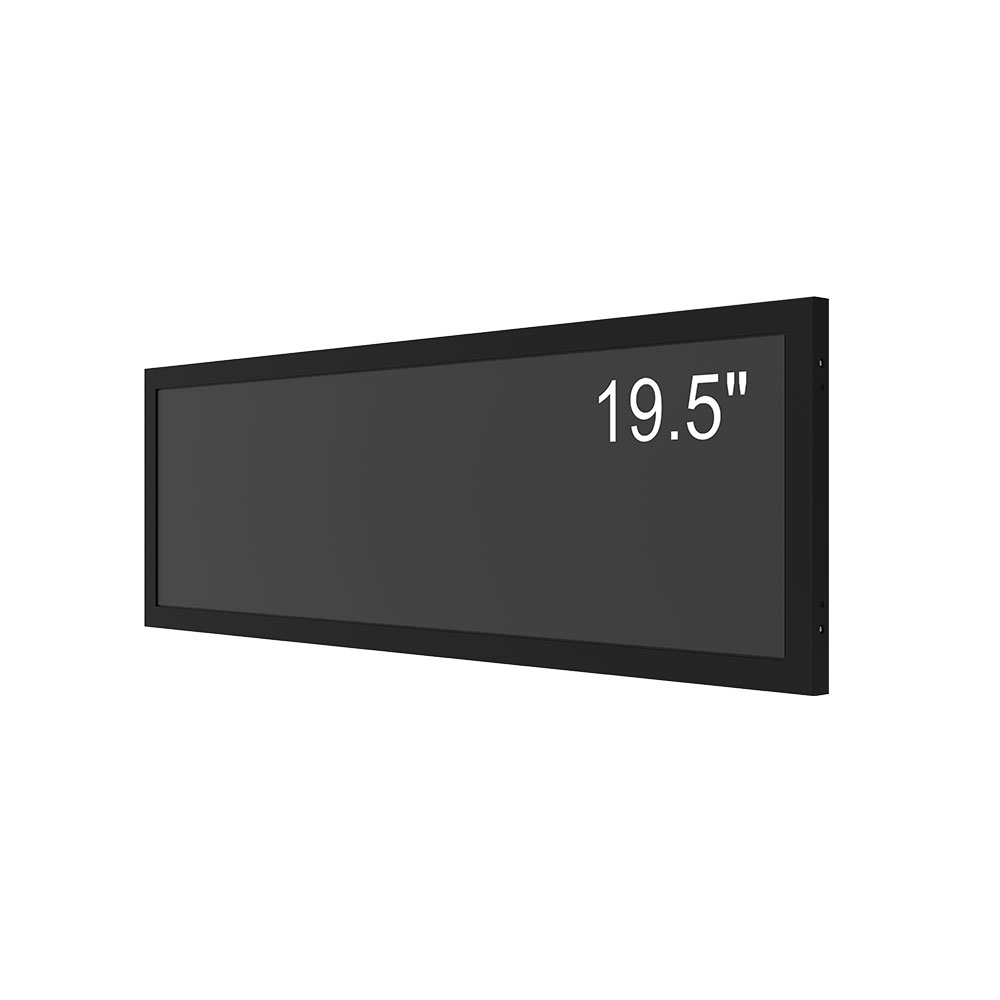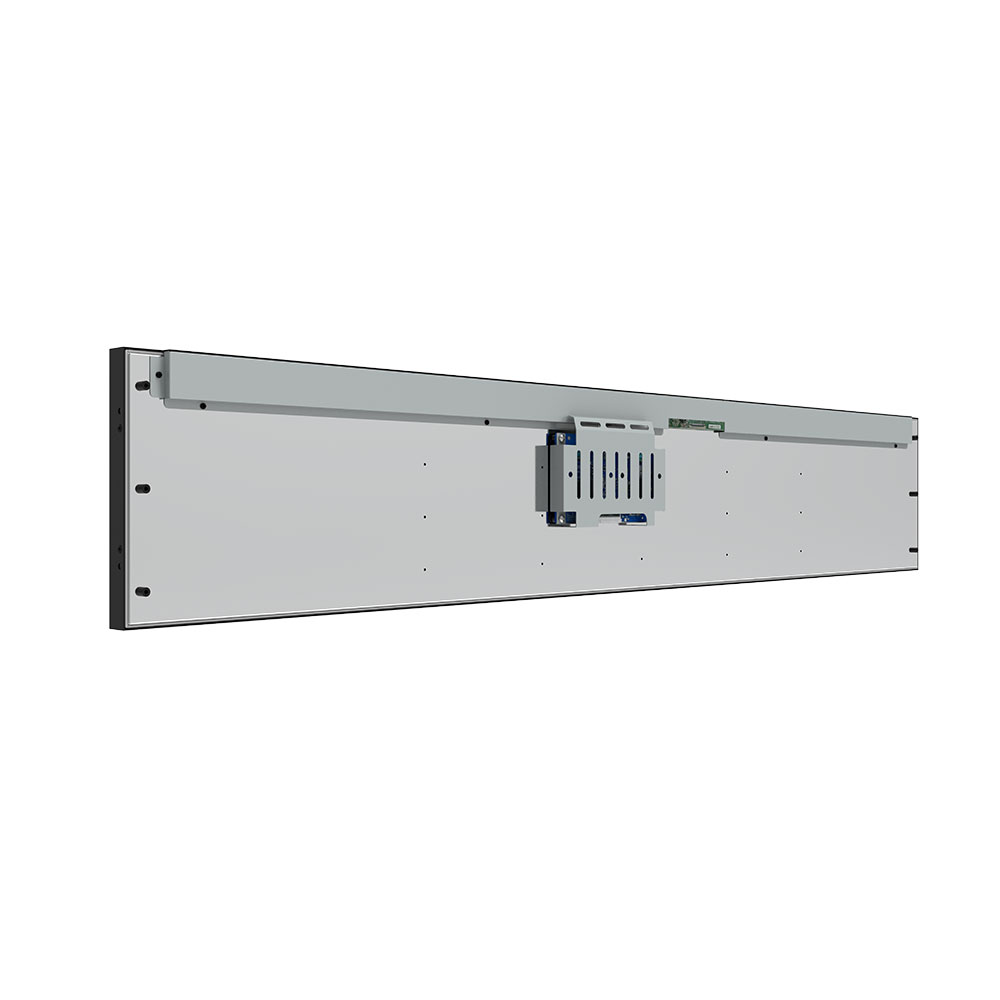- Home
- About Us
- Products
- News
- Video
- Contact
- Send Inquiry
Search
- Home
- About Us
- Products
- News
- Video
- Contact
- Send Inquiry

High-brightness sunlight-readable LCD screens have become a critical technology for outdoor digital signage, industrial control systems, and automotive dashboards due to their ability to maintain visibility under direct sunlight. These displays are engineered with advanced backlighting, anti-reflective coatings, and high dynamic range (HDR) capabilities that surpass standard indoor LCDs by up to 10 times in brightness—typically achieving 5,000 to 10,000 nits of peak luminance, compared to the typical 250–500 nits of consumer-grade panels. This performance is essential in environments where ambient light levels exceed 10,000 lux, such as construction sites, military vehicles, or solar-powered kiosks.
The core engineering behind these screens includes the use of LED-backlit modules with localized dimming (local dimming zones), which optimize contrast ratios while conserving power—a vital feature for battery-operated devices. Additionally, polarized films and nano-coatings reduce glare and increase readability from wide viewing angles (up to 178°). Industry standards like MIL-STD-810G for ruggedization and IEC 60068 for environmental testing ensure reliability in extreme temperatures (-30°C to +70°C), humidity, and mechanical shock.
Case studies from leading manufacturers such as LG Display, Sharp, and Samsung highlight successful deployments in public transit systems—like London Underground’s new digital route maps—and in defense applications, including tank-mounted navigation systems. In one notable project, a U.S. Department of Defense contract required 10,000 units of sunlight-readable displays for field operations in desert climates; the solution combined an IPS panel with a 7,000-nit LED backlight and a hardened polycarbonate cover, meeting both MIL-STD and ISO 14122 safety standards.
Moreover, recent innovations in OLED-based sunlight-readable displays are emerging, offering even better contrast and color accuracy. However, OLEDs face challenges in high-brightness scenarios due to burn-in risks and lower efficiency at full output. As a result, LCD remains the dominant choice for most high-end outdoor applications where longevity and cost-efficiency are priorities.

For system integrators and OEMs, selecting the right screen involves evaluating not only brightness but also response time (<20ms), power consumption (typically<15W per 10-inch display), and compatibility with IP65-rated enclosures. Proper thermal management—using passive heatsinks or active cooling—is also crucial for sustained operation in hot environments. With growing demand in smart cities, IoT-enabled infrastructure, and autonomous vehicle interfaces, the market for high-brightness sunlight-readable LCDs is projected to grow at over 7% CAGR through 2030, according to Grand View Research (2023).
